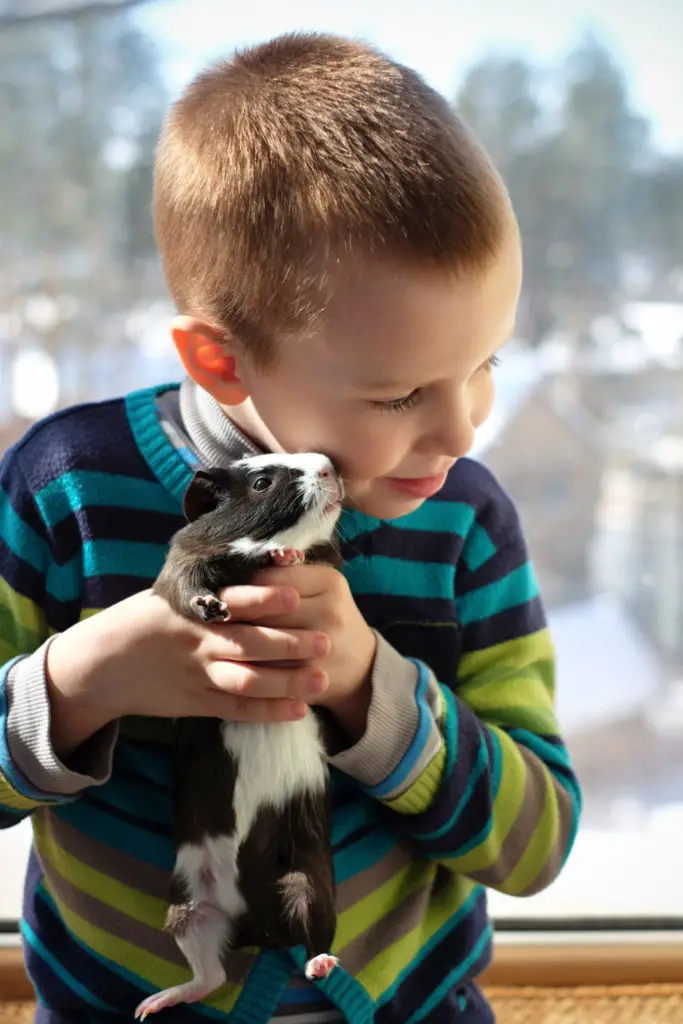How To Make Guinea Pig Bed? In 4 Awesome Ways!
Considering your cavy’s health, you are probably asking and been searching online on how to make guinea pig bed. You will learn how as you read along, and all of the steps are easy to execute.
Guinea pigs spend a lot of time in their shelter, so they need an excellent bedding material that is extremely absorbent but also fluffy and cozy.
And yes, you need to ensure your pet’s health, such as by sustaining a clean and stable bed and living space.
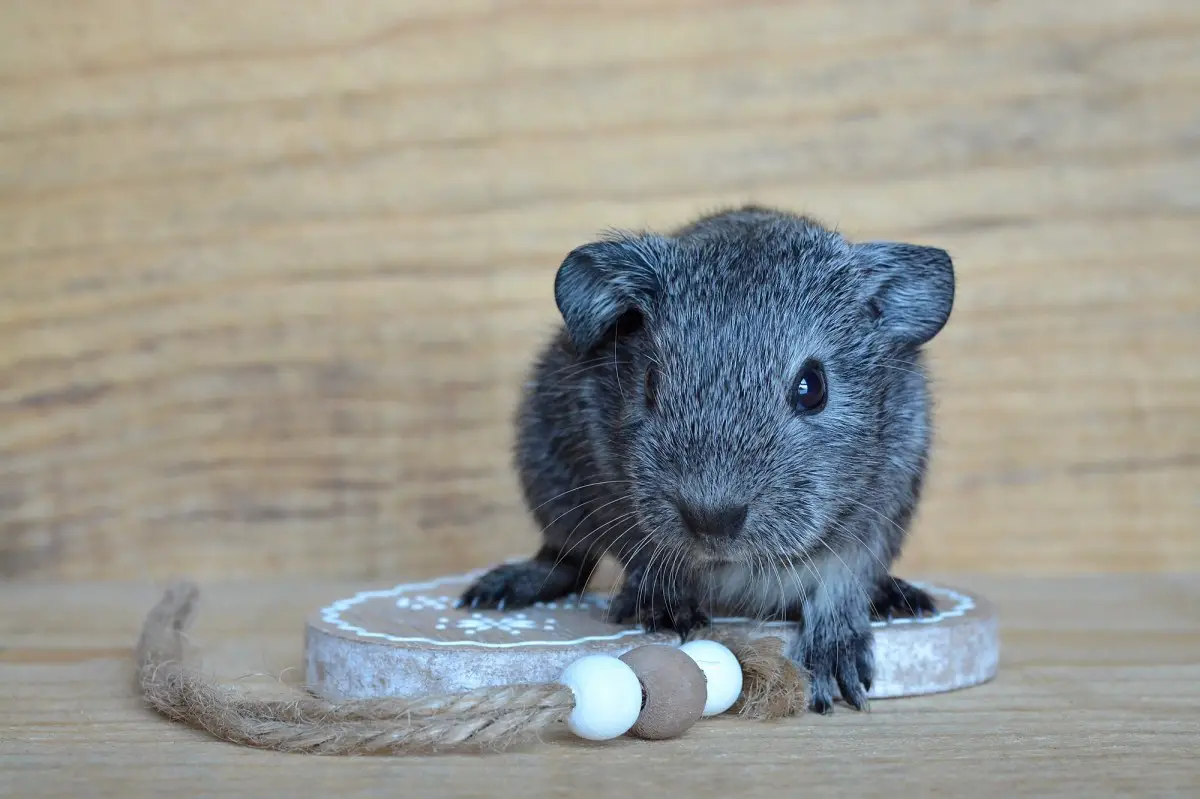
Why so? This simple act can help your pet in avoiding respiratory and other health issues.
Beddings are important to the guinea pigs.
As a pet parent, you have to make the best bedding for your cavy because buying bedding online does not attain your expectations, giving a comfortable bed to your guinea pig. (Please read here How much space do Guinea pig need)
Best Types Of Guinea Pig Bedding
Before we start, let’s make sure you have selected the best material for your guinea pigs’ bed and have knowledge about it.
In this part, you will find out some of the best kinds of beddings for your guinea pigs.
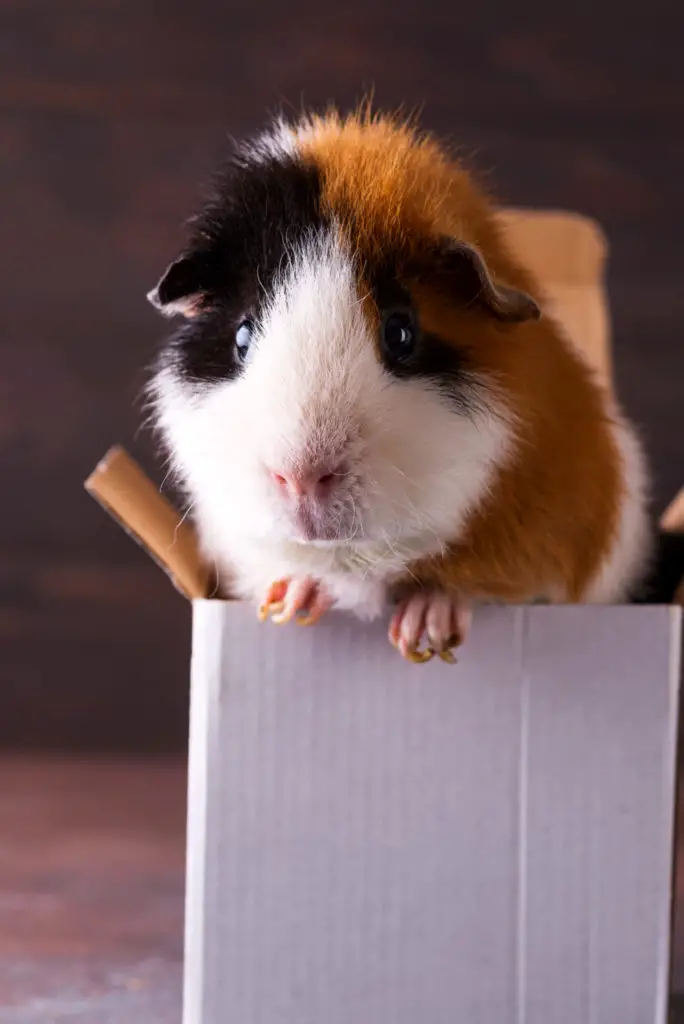
Anyway, most owners would prefer the following types: aspen, paper-based, and fleece beddings.
For a good reason, these three options are the most popular types of bedding; they are safe to use and have a lot of pros.
These are some of the best types of guinea pig bedding!
#1. Paper bedding
A common choice for many owners of guinea pigs is paper bedding. It is because it is gentle, absorbent, and excellent at controlling odor.
The problem is that while different brands of paper bedding are basically made of the same material, they come in various qualities and styles.
This makes it impossible for parents with pets to find out which product is most suitable.
The following are some of the things that you need to bear in mind when it comes to paper bedding:
These bedding forms all have pros and cons for use as a bedding material like every other product that existed.
Stinks factor
I can honestly claim, having tried most of these items that they all differ greatly, and each has its own list of pros and cons.
While some seem very rough and awkward, some do not seem to absorb urine all that much.
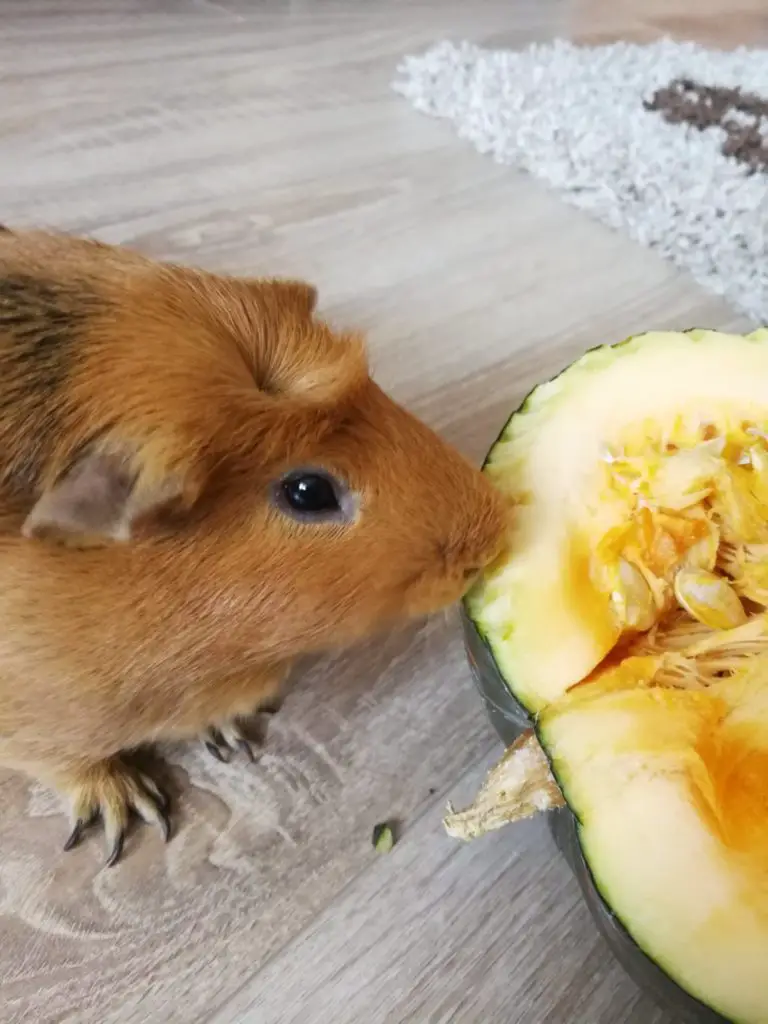
And if you’re stuck with a bedding material that isn’t really absorbent, of course, it means that your guinea cage ends up being pretty stinky.
I think we can all accept that for an unhappy (not to mention unhealthy) pet, a smelly cage makes. (Please read here How to make Guinea Pigs happy)
Dust
The amount of dust is another factor that differs differently between brands of paper bedding. Firstly, poor bedding for guinea pigs is very dusty.
This causes major health issues for your guinea pigs, particularly because it can cause allergies or breathing difficulties.
Secondly, it makes cleaning their habitat an utter nightmare.
#2. Fleece bedding
The use of fleece for bedding is still very new, but in recent years, fleece has gained immense popularity because it makes for a great bedding cloth.
For my cavy Ginger, I have both paper and fleece beddings. And I can attest to how excellent these materials are for guinea pigs.
For homemade cages or C&C environments, fleece is usually used. It’s a beautiful, fluffy material that will provide a good night’s sleep for your cavies.
Also, it will be very absorbent if the fleece is pre-treated properly and has a proper undercoat.
In the long run, fleece bedding usually turns out to be cheaper since it is reusable. For the setting, that makes it great too!
Although with a fleece alternative, pet parents need to spend more time in the whole process of changing bedding.
#3. Aspen bedding
Aspen bedding is a fully secure alternative, often recommended by vets.
This kind is better compared to cedar and pine shavings. And experts usually don’t recommend these materials.
Aspen is a hardwood that is non-aromatic so that it won’t bother your sensitive cavities.
It is free of dust and smell, but there is one downside-it does not have much control over odor.
You will probably have to clean the cage more frequently with aspen bedding than you will with the use of other types of bedding on this list.
4 Steps On How To Make Guinea Pigs’ Bed
Now, it’s time for you to learn how to make a bed for your pet.
I tried so I can tell; this is a straightforward bed to make, and my pet loves it! (Please read here How to make a Guinea pig cage out of a bookshelf)
Given the sponge filling, which holds up well for repeated washings, your guinea pigs will most likely feel relaxed.
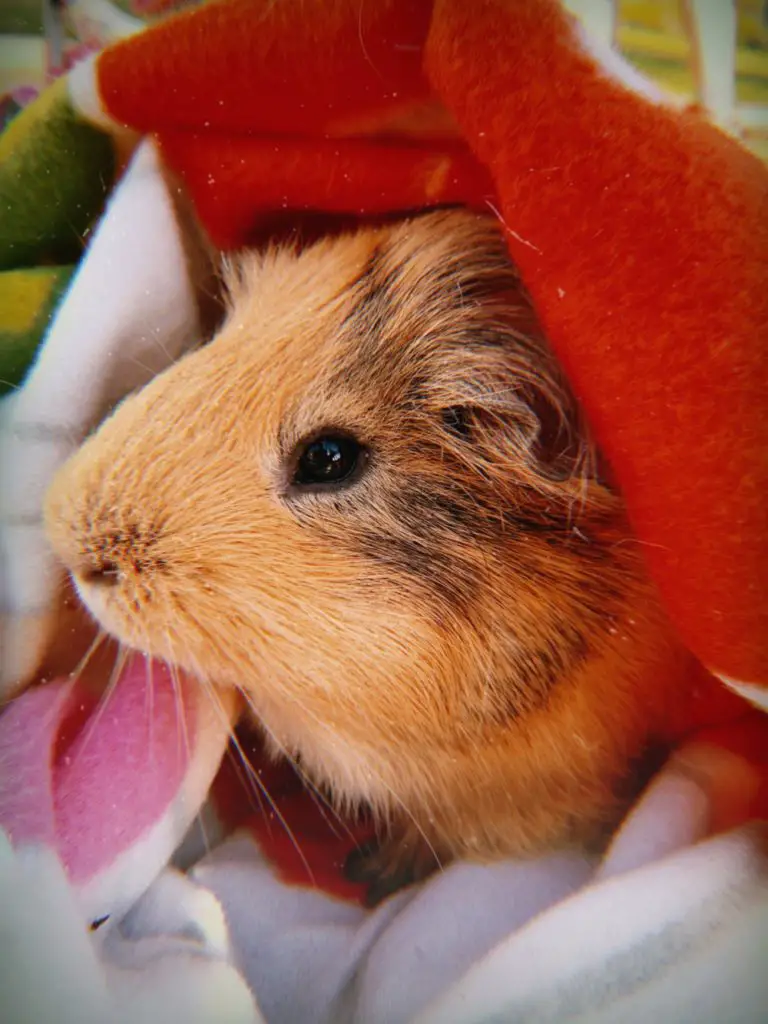
Of course, you cannot start making your guinea pigs’ bed without the list of what you will need, so here it is:
You will need fabric, fleece, stuffing, pins, tape measurement, scissors, and pens.
Anyway, you can opt for fleece or any kind of bedding that you want (such as sponge filling), and the standard equipment to sew.
Here are the steps on how to make guinea pig bed:
Step #1. Cutting out
Cut a pattern from wax paper to create the bottom cushion, or use a plate if you want a round foundation, and fold the cut wax paper into quarter until you reached what size and shape you wanted.
For cage use, this one turned out to be a little tall, but we use it for lap time, where it is spacious enough to carry snacks & pigs or even 2 pigs.
Remove the paper with the wax and place it on a double layer of fleece, right side facing out, if using a plate or other round object, trace it with chalk around it then cut.
Step #2. Stitching the tube’s ends
Stitch the surrounding tube piece’s short ends together, right sides together, then fold over, right sides out.
Step #3. Pinning the open side
Pin the open side of the piece of the tube to the bottom pieces. You will sew all at once through 4 layers of fleece to have an opening for stuffing, as follows:
The tube piece and the bottom piece must be pinned together.
Before sewing it together, mark your opening and allow enough opening by some pinning it together.
Start sewing it on the far side of an opening until you get to the other side of the opening. Sew through all four layers of fleece.
Step #4. Leaving an opening
After sewing the 4 layers of fleece together, leaving an opening for stuffing. Now you can fill it with stuffing.
Make sure to close the opening by sewing it after you finished stuffing.
And there you go! You can start making your own guinea pigs’ bed now.
Conclusion
The reason why you chose to make your Guinea pig a bed is to make them feel comfortable and cozy, right?
And now, you have the knowledge on how to make guinea pig bed.
Upon making a Guinea pigs’ bed, you also have to be very keen on choosing a material that brings safety and comfort for your guinea pig.
And by doing so, you can read some content-wise blog, just like this.
Reading is learning. I hope you have learned how to make a bed for your beloved Guinea pig.
Thank you so much for reading!

